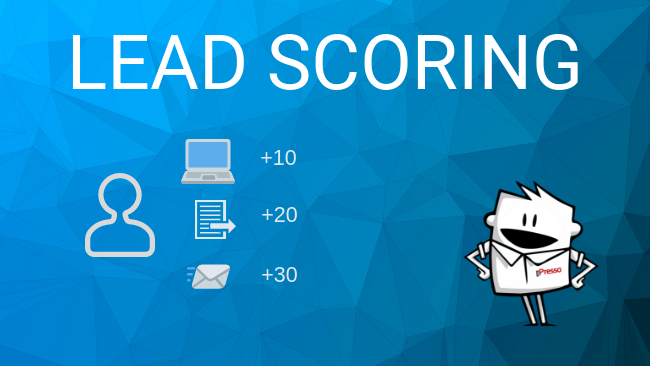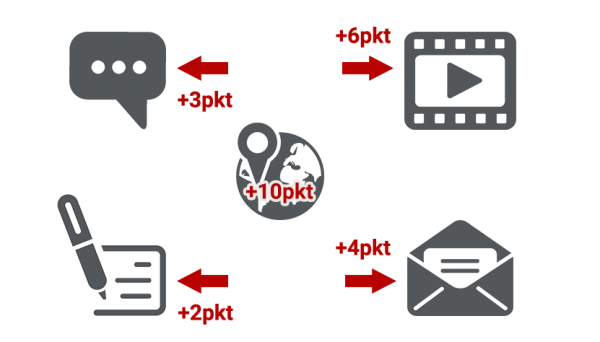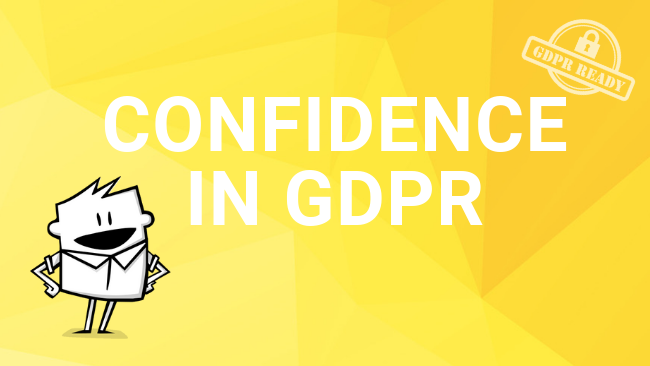How to Use Scoring Plans to Automatically Rank Your Contacts

Do your contacts visit your website? Read your newsletters? Submit contact forms? Certainly, some of them are more active than others. Lead scoring is the method that will allow you to assign points for such activities, so that you know which contacts are the closest to making the purchase.
When you have a contact database that contains large volumes of leads, it can be challenging to figure out which of them would actually be interested in buying your service or product. That’s why marketers use various methods of lead management, such as lead scoring. The purpose of lead scoring is to identify the most valuable leads, so that you can focus on engaging them in the most relevant way at the most appropriate moment. Depending on your company’s specific needs, you can divide your contacts, prospects, and leads into groups that are on different stages of the purchase process.
Well-design lead scoring plans allow marketers to pinpoint particular leads’ level of interest and sales readiness, which in turn makes it possible to maximize the efficiency of the sales team, as it can focus solely on the most sales-ready leads. Those that are not yet ready to purchase can be nurtured in various channels of communication until they reach higher levels of readiness.
How does it work in practice?
Systems such as iPresso allow marketers to create their own scoring plans, and to award or subtract points for their contacts’ behaviour and activities. Each action a contact takes in the sales funnel, such as opening your e-mail, clicking a link you sent them, visiting your website, they can earn a specific number of points. Similarly, they can lose points if they, for example, unsubscribe from your newsletter. How many points and for what activities will they lose or earn? That’s completely up to the marketing team that designs the scoring plan. What’s more, contacts can also earn or lose points on the basis of demographic scoring, which encompasses data on their age, industry, company size, place of residence, etc.
So, let’s assume that you want your prospects to become hot leads when they collect more than 50 points.
In iPresso you can define number of points that are going be added or subtracted for any activity or trait of your contacts.
You may, for example, award 10 points for opening an e-mail, 20 points for submitting form, and 30 points for downloading an offer from your website. You can also employ negative scoring to take account of actions that suggest lack of interest in your product, e.g. subtract 20 points when the prospect unsubscribes from your newsletter. Additionally, you may use demographic information that could be crucial in the case of your product or service. You may award, for example, 15 points to people aged 30-40, and 5 points to those who live in London.
If you have thousands or millions of contacts in your database, setting up such criteria will allow you to automatically evaluate who the hottest leads are. Then, your sales team will know who they should target first in order to complete purchases. And the prospects who haven’t garnered enough scoring points may automatically enter various lead nurturing scenarios.
The key benefits of a well-prepared lead scoring plan include increased sales and marketing efficiency, better marketing and sales alignment, and increase in company’s revenues. Lead scoring allows you to save time by focusing your efforts on the best leads, while nurturing those who are not yet ready to buy.




